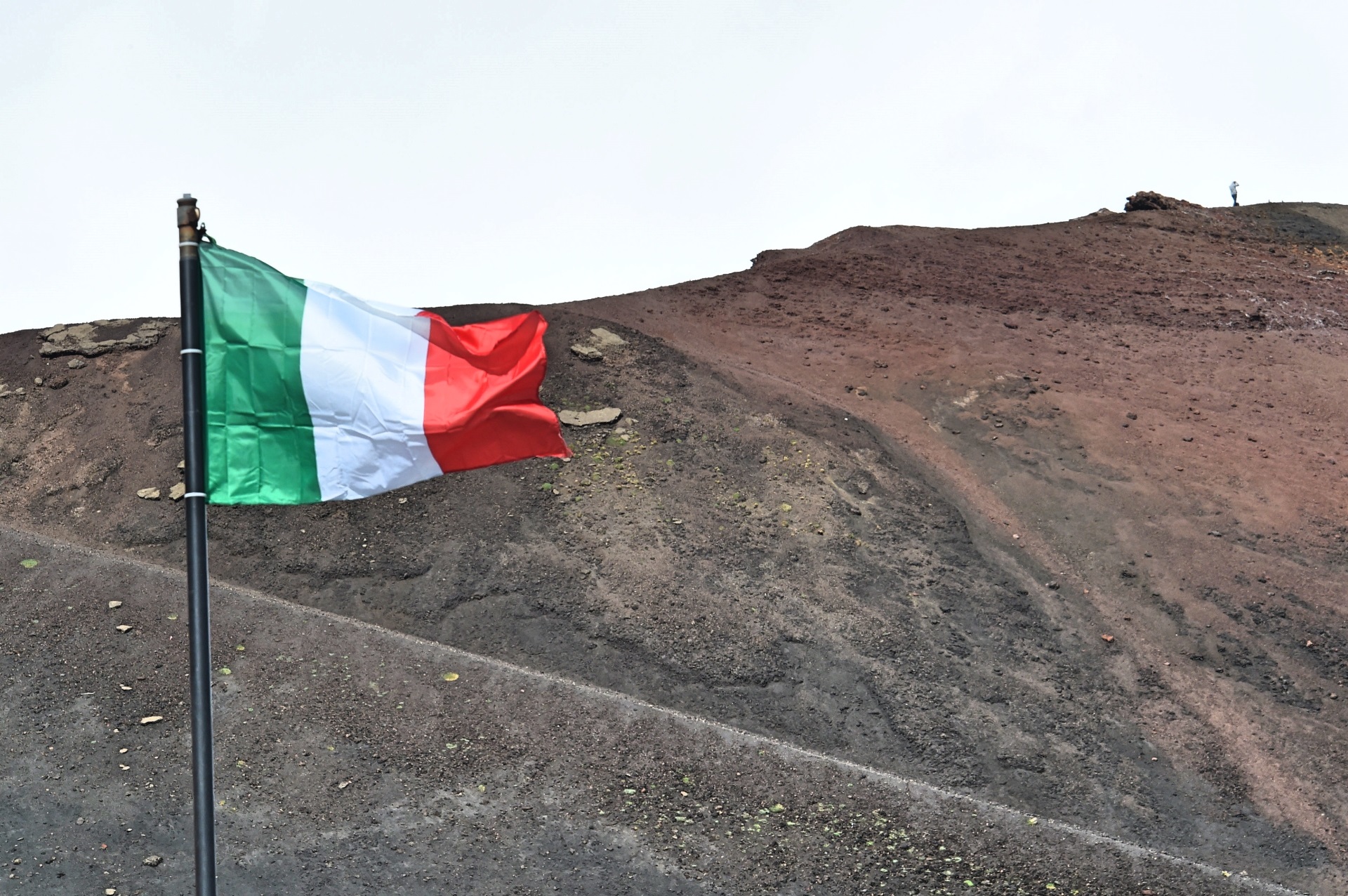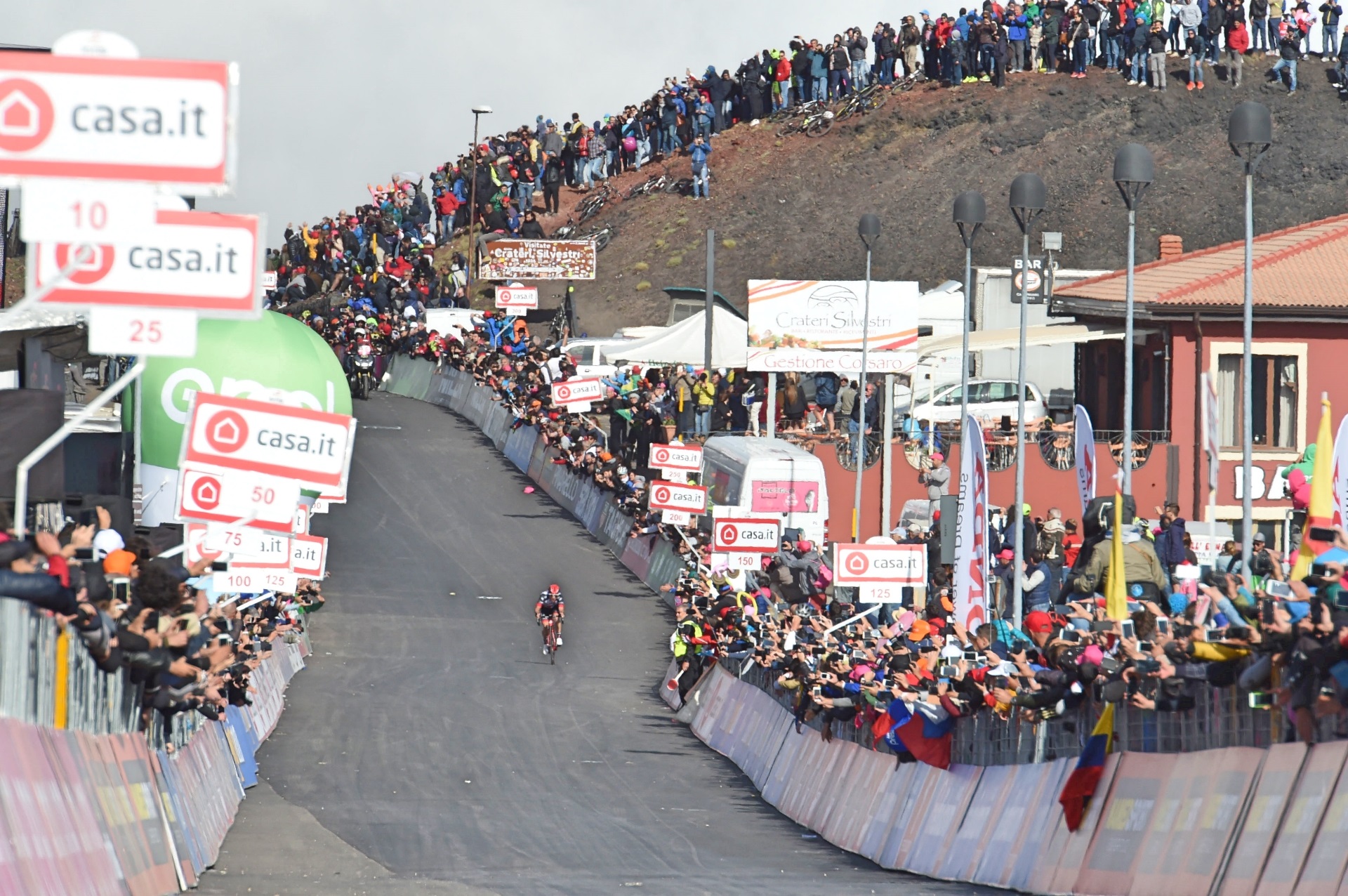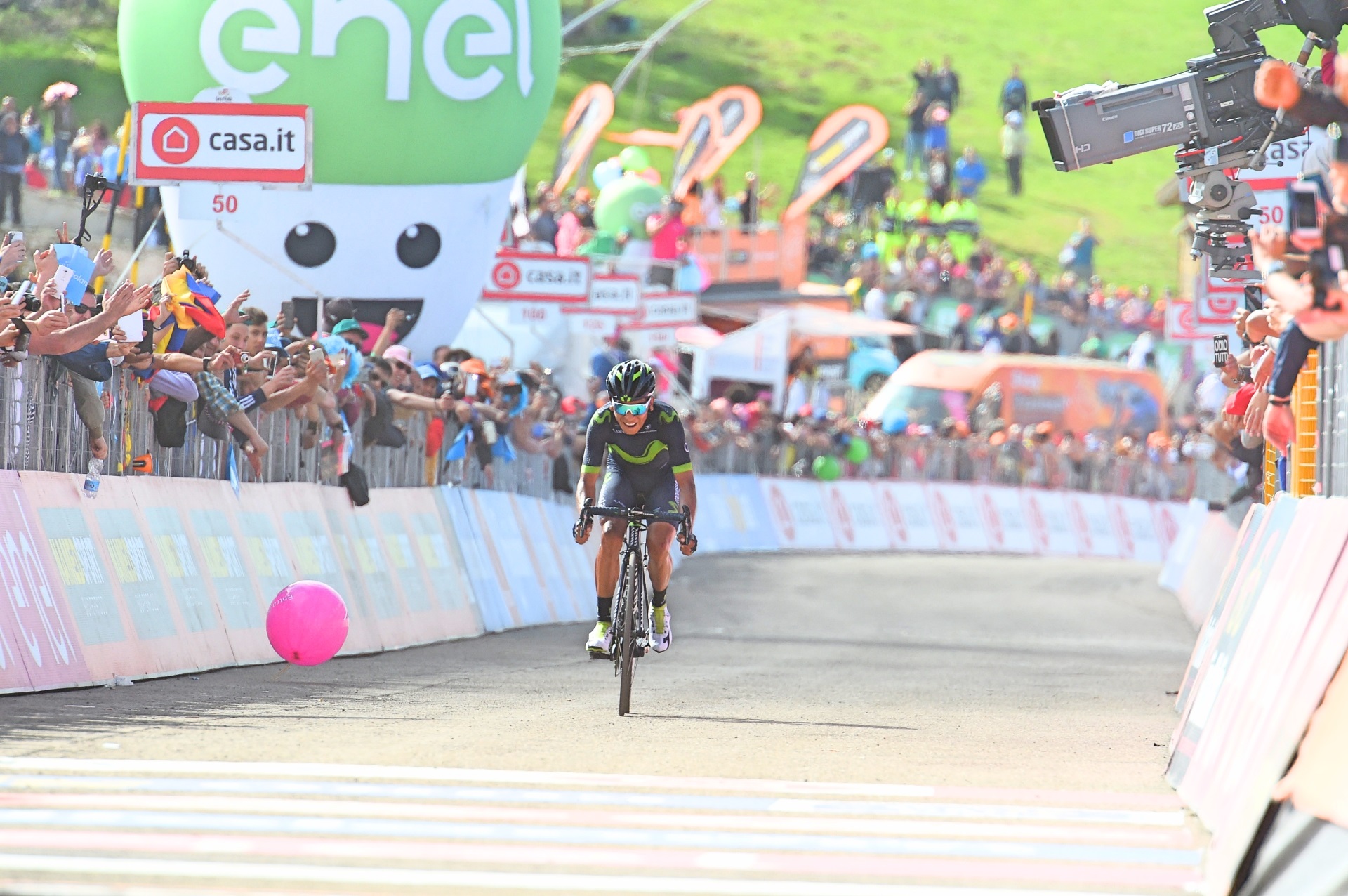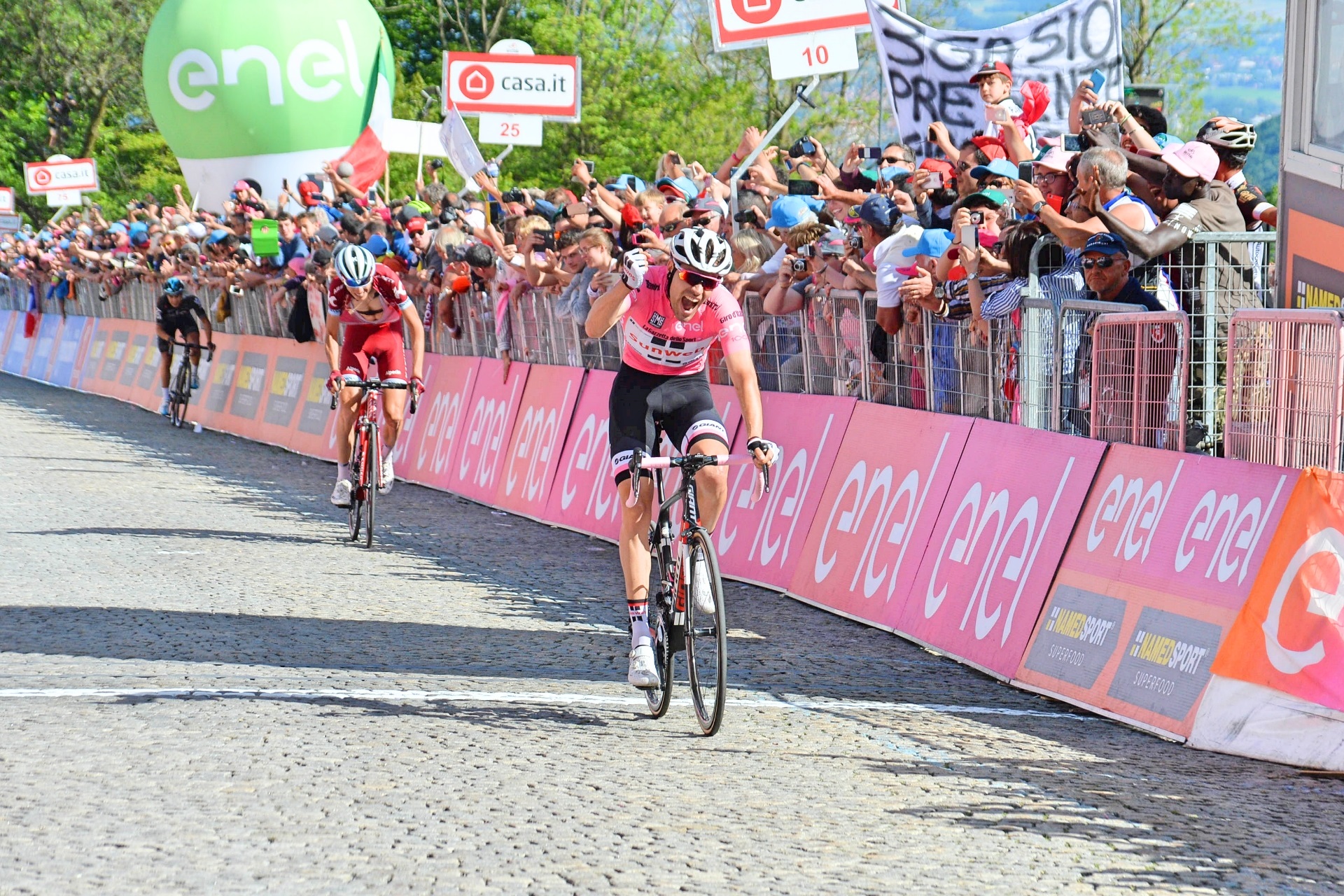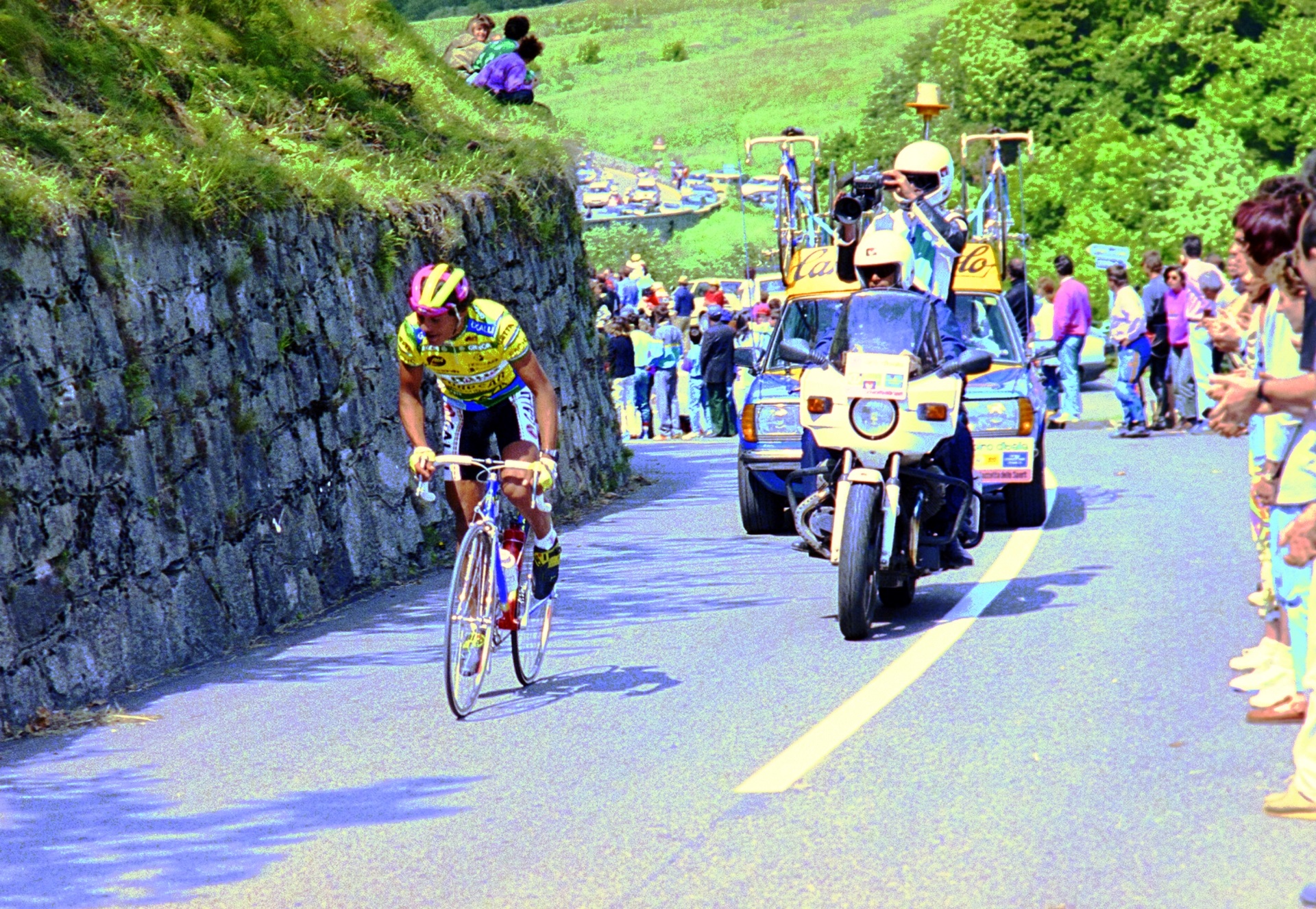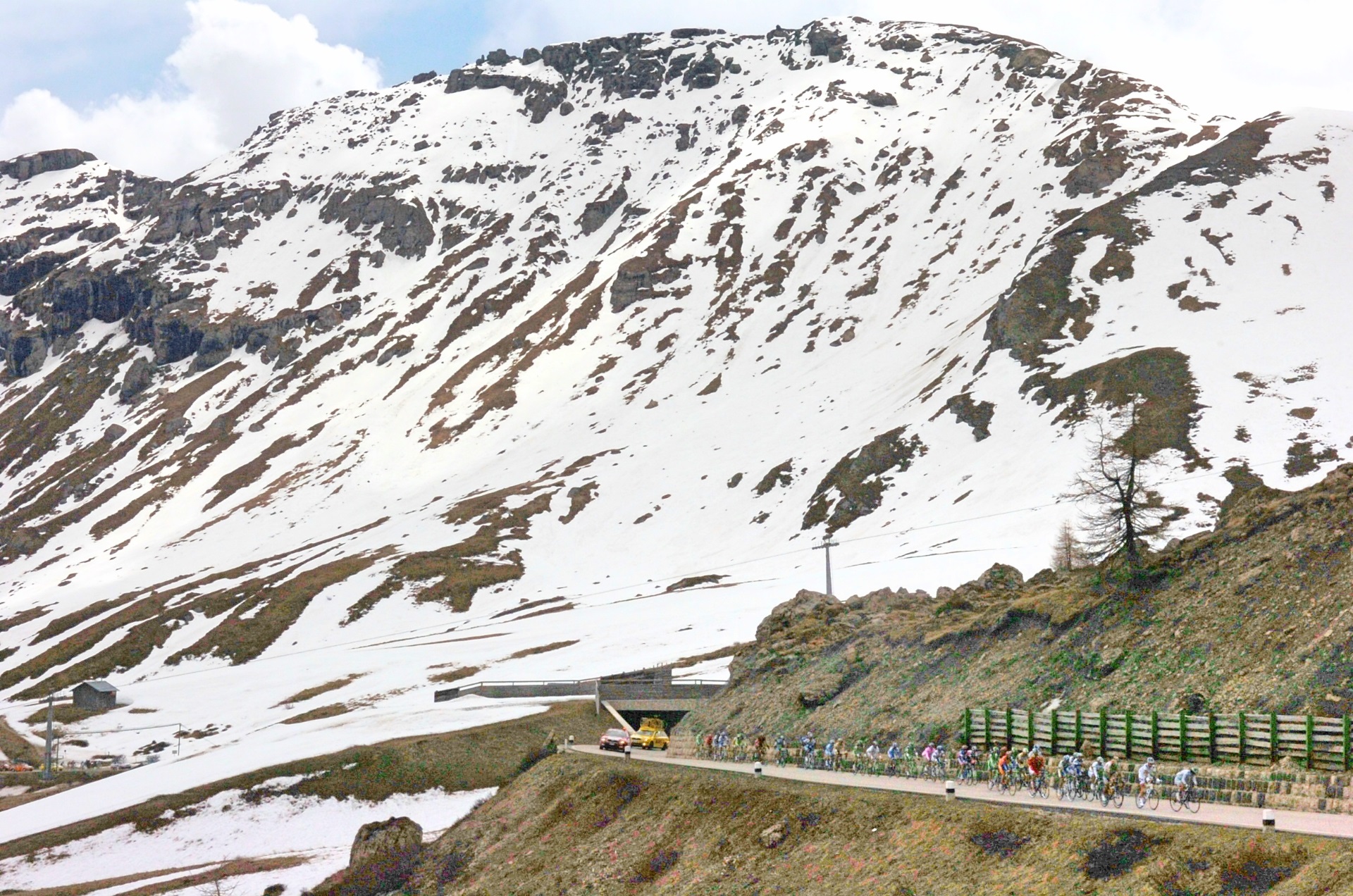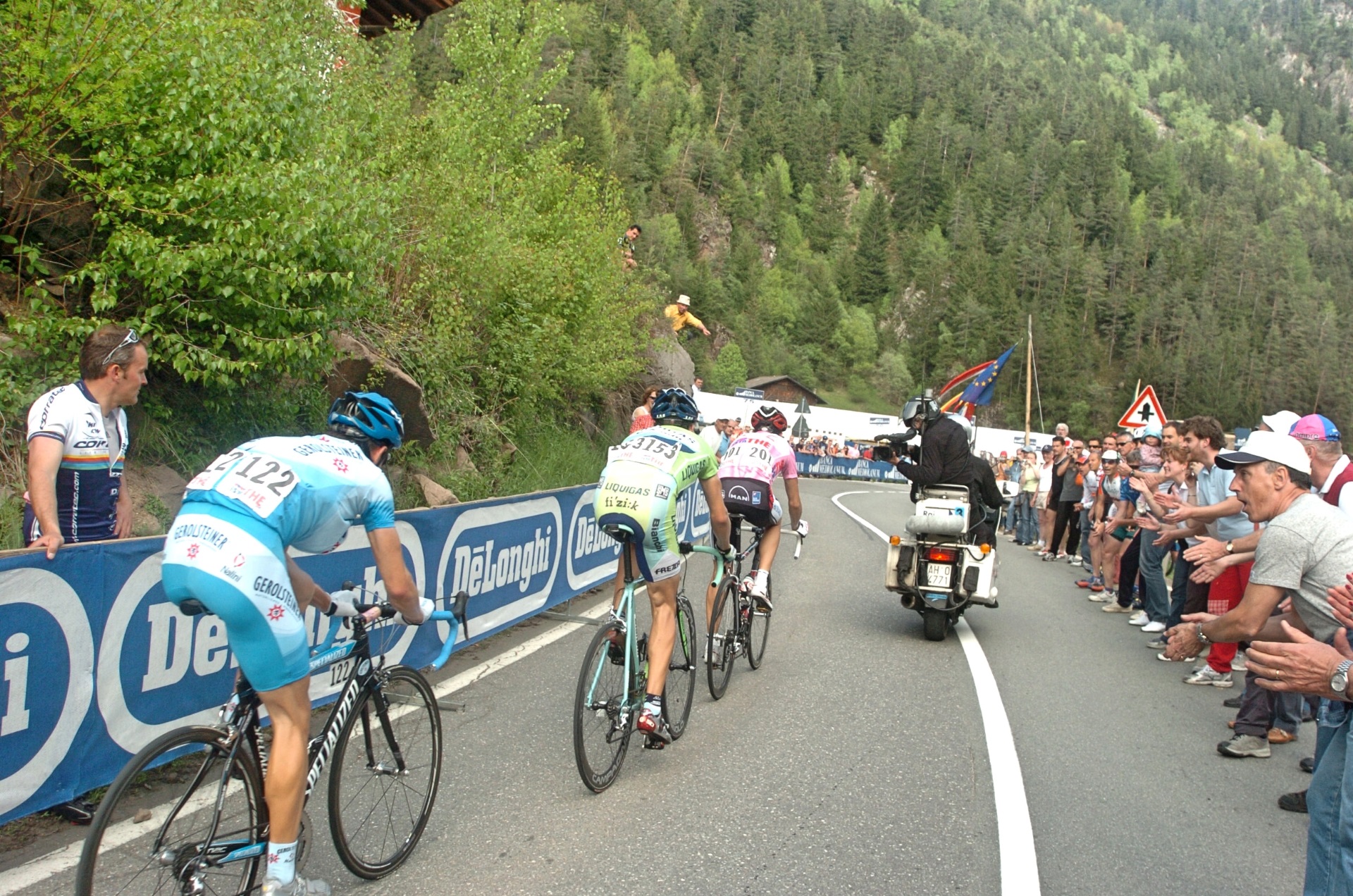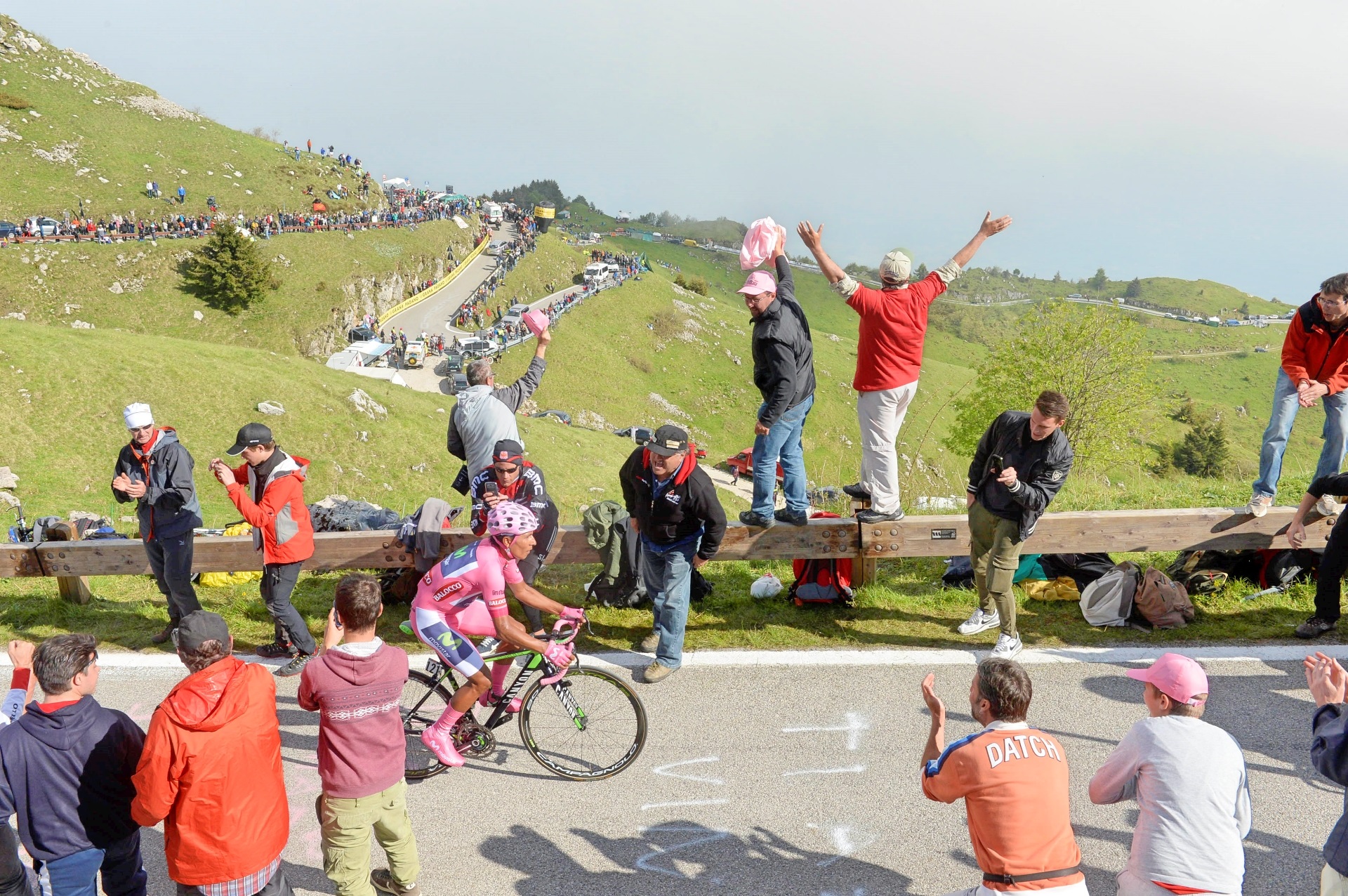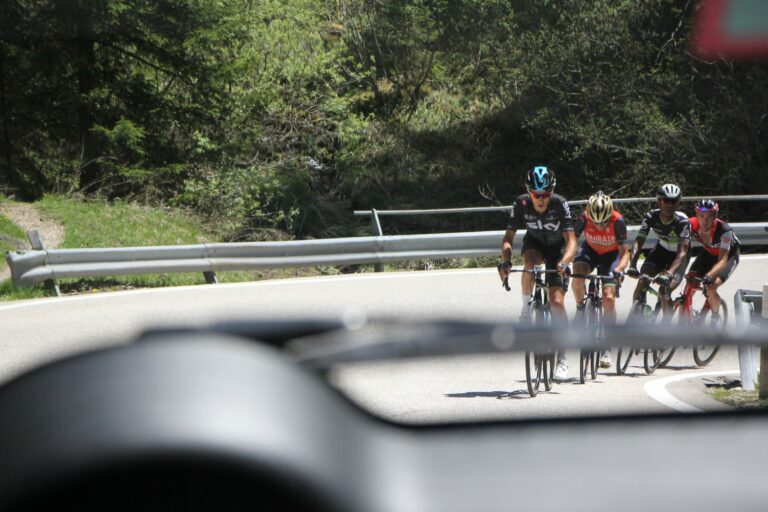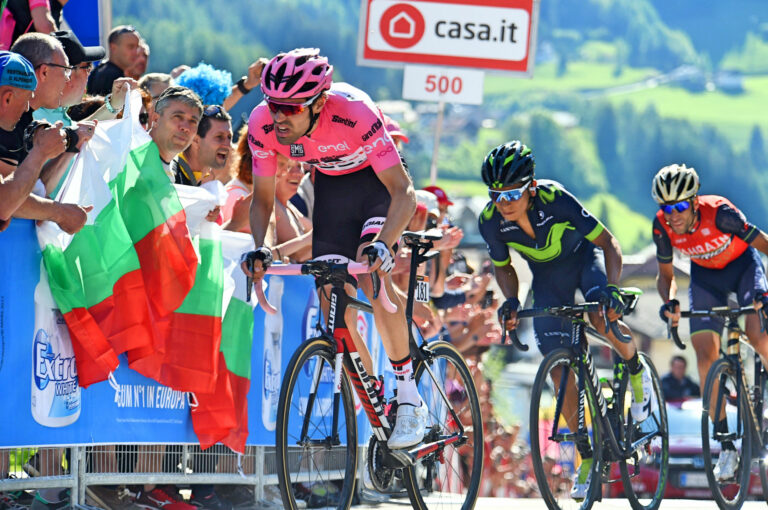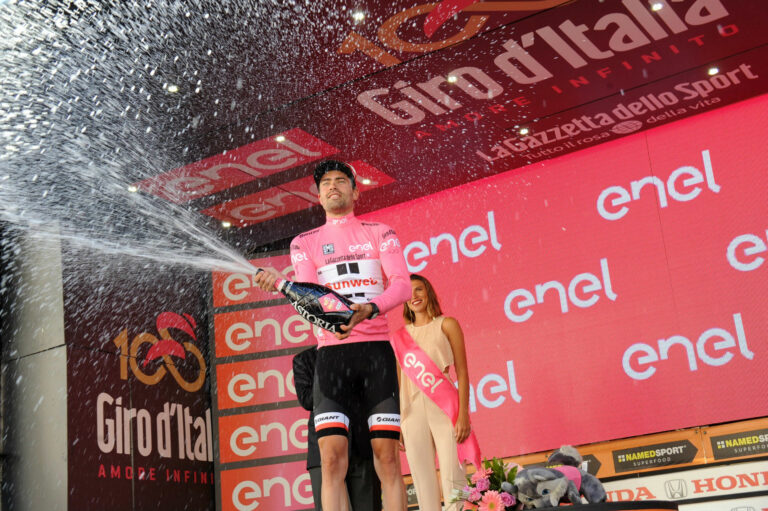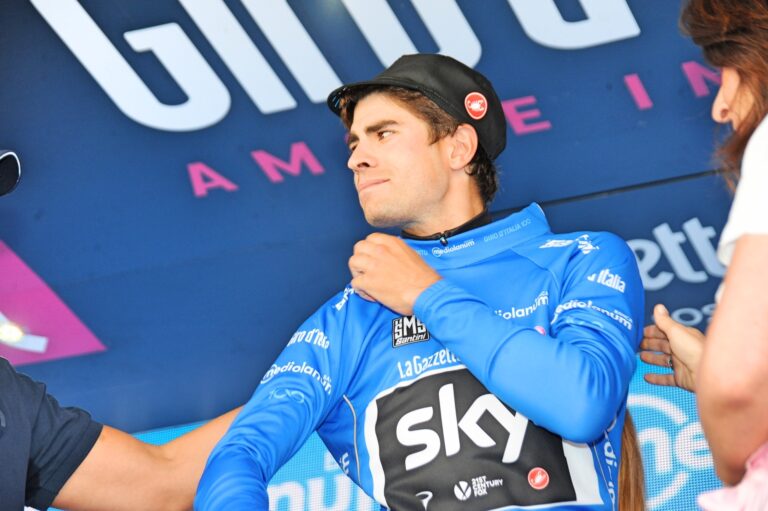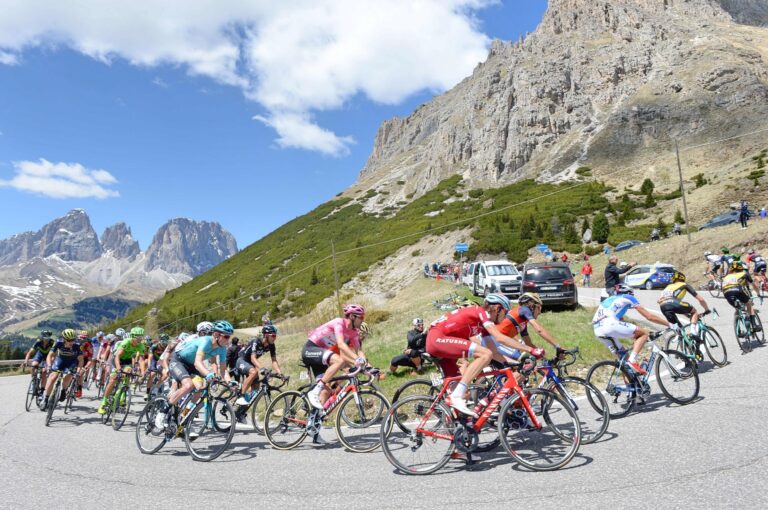The Giro d’Italia is set for a climb-laden final week after the final rest day, with some of the race’s most iconic climbs on the menu as the battle for the Maglia Rosa heats up at the 100th edition of the race.
The Mortirolo, Stelvio, Monte Grappa… the action is set to be explosive, relentless and ultimately enthralling, and no doubt have many looking up flights to Italy for the chance to tackle to some of the climbs for yourself.

Fittingly for the milestone edition, this year’s Giro d’Italia has been packed with must-ride climbs steeped in Giro history.
So if you’re planning your own Corsa Rosa, which are the must-ride climbs from this year’s race? We’ve picked out nine of the best climbs from the 2017 Giro d’Italia.

